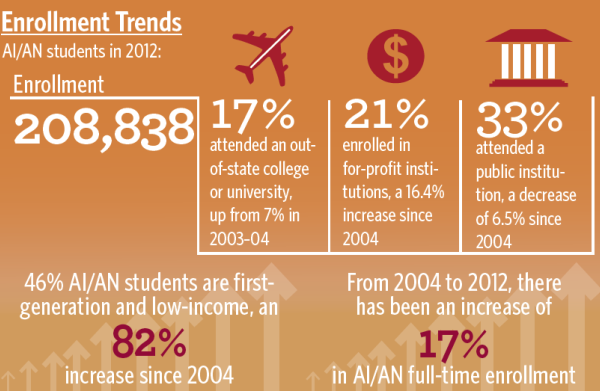State Investment in Short-Term Credential Pathways: A Comprehensive Assessment
Title: A Typology and Policy Landscape Analysis of State Investments in Short-term Credential Pathways
Author: Stephanie M. Murphy
Source: HCM Strategists
With a growing demand for short-term credentials—known as microcredentials, sub-baccalaureate credentials, or non-degree credentials—states are quickly taking action to advance these alternative credential pathways for their residents.
However, there has not been systematic cataloging or analysis of state investments in short-term credential pathways. This data gap poses significant challenges in monitoring credential growth, evaluating the influence of non-credit instruction, and devising evidence-based policies and practices.
HCM Strategists conducted a comprehensive assessment of all 50 U.S. states, with a particular focus on quality and equity, to offer a detailed overview of initiatives and policies on these credentials.
Key findings from the examination include:
- There are 59 state-led initiatives, spread across 28 states, with total investments exceeding $3.81 billion. The initiatives cover a wide spectrum, including direct financial aid to students (27 programs), funding for institutions to support students and reduce tuition expenses (15 programs), capacity-building for short-term credential programs aligned with workforce needs (6 programs), and integrating funding for short-term credentials into outcomes-based funding formulas (5 programs).
- Twenty-three states have integrated an “equity component” tailored to the unique needs of diverse target populations. Most of these programs have income-based eligibility criteria, providing financial assistance to individuals falling into the “low-income or low-wage” category.
- Just 11 states have exhibited clear, refined, and explicit language outlining the relevance of short-term credential programs to specific industries, their potential for high-demand, well-paying jobs, and rigorous evaluation standards for program value.
To read the full report, click here.
—Nguyen DH Nguyen
If you have any questions or comments about this blog post, please contact us.


